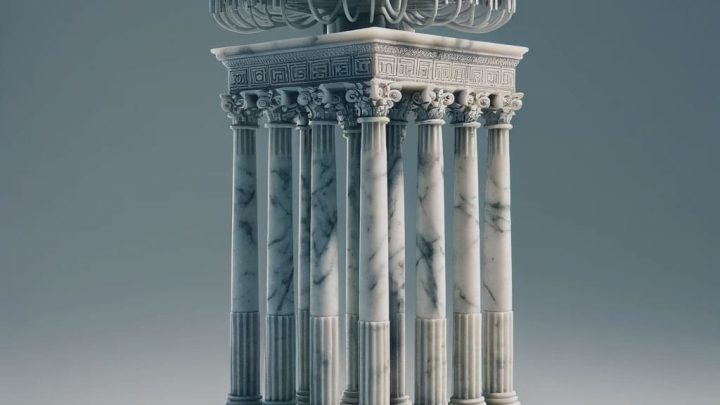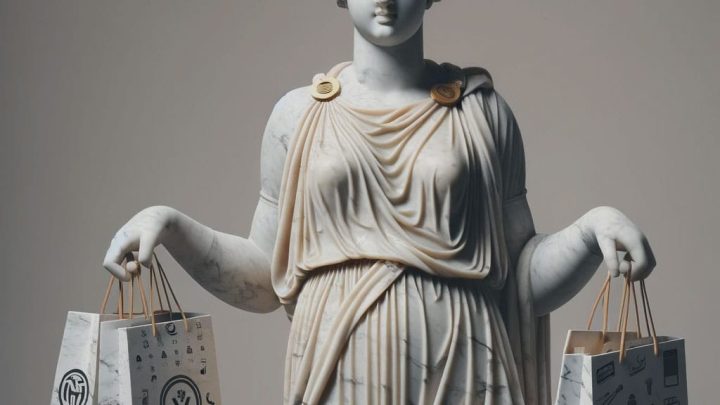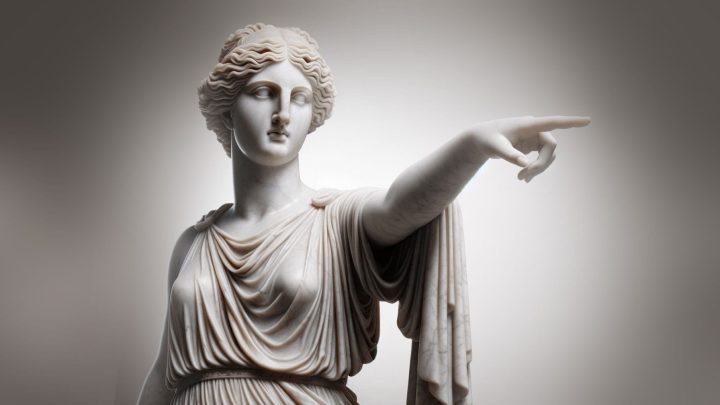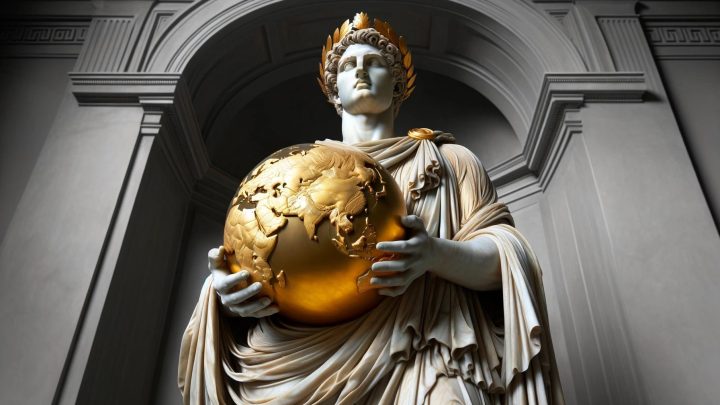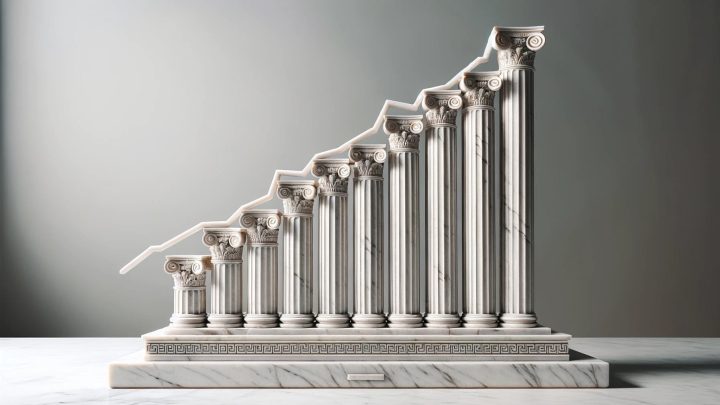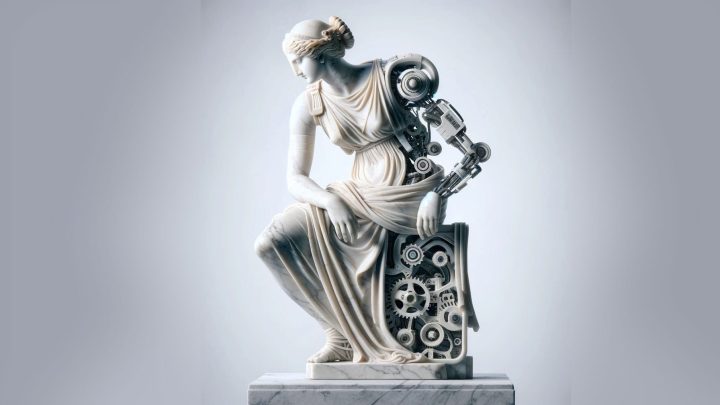Covid Consequences: The Ten Dilemmas Every Country Must Face
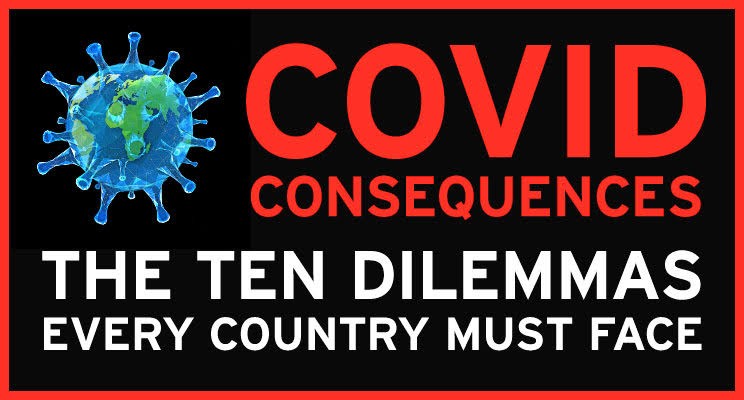
At the Transcend Strategy Group, we take dilemmas very seriously, and believe they offer a short cut to deeper understanding and insight about complex and difficult situations. In 2004, we wrote The Power of the 2 x 2 Matrix, a primer on dialectical thinking and problem-solving, and we have been putting those lessons to use in courses and with clients ever since.
Dilemmas are challenges comprised of two competing interests which are inextricably connected. We want our food to be tasty and it also needs to be safe and healthy. In making career choices, we seek meaningful work and we want to earn a good salary. Any situation with sufficient complexity and uncertainty can be and often is a dilemma. Viewing an issue as a dilemma enriches our perspective and focuses us on the dynamic nature of the situation. Rather than choosing one or the other of the key dimensions at play, our task shifts to retaining or achieving some of each through careful and creative integration. How can we produce food that is nutritious and tasty? What job options offer both intrinsic and extrinsic rewards?
Grappling with COVID-19 has focused everyone’s’ attention on the primary challenge of saving lives and preventing further spread of the disease. The long-term success in addressing this threat however, includes considering and planning for other important factors, some economic and pragmatic, and others more moral in nature.
In this piece, we’d like to share our take on the most important dilemmas facing leaders around the world (note, dilemmas are not listed in any order). In subsequent writing, we will take a run at modeling each of these dilemmas more fully, and exploring implications and advice that arises from the analysis.
We offer this in the spirit of dialogue, and would love to hear readers’ thoughts on what the biggest dilemmas are and how they need to be managed.
#1 – The economic dilemma – save lives versus protect jobs and the economy
As countries begin to see results from aggressive social distancing, pressures mount to lift restrictions and return to a state where gatherings of all kinds, both work and play, are again the norm. We value our health, and we also need to work and feel productive. Headlines today herald experiments with lowering restrictions in parts of Europe, China, Brazil, and some US states. Reopening economies may prove to be as much an art as a science, as leaders strive for the perfect balancing of these two essential needs.
#2 – The personal freedom dilemma – empowering governments to take necessary action versus preserving personal freedom and democracy
Crises sometimes require extraordinary measures. In the face of emergencies, governments need to be able to act decisively and quickly. We all get that. In some countries, like China and Israel, this has led to an acceptance of behaviour-tracking technologies that seriously encroach on personal freedom. The danger lies in emergency measures becoming the new normal once the threat has receded. The question then becomes, safety and efficiency at what price?
#3 – The whose self-interest matters more dilemma – local interests versus broader, shared interests
In times of danger, it’s natural for us to want to protect our families and loved ones. The ability to defend and pursue ones’ self-interest is fundamental to democratic and free market models. But balance is also necessary for the larger system to work and stay healthy. Without such balance, we risk distortions in the distribution of benefits and power that eventually undermine the system’s viability. Fighting an infectious disease presents an even greater challenge, since each of our individual vulnerabilities depends so heavily on the success of others. This suggests sometimes choosing global actions over local needs, never an easy choice.
#4 – The compliance dilemma – voluntary compliance versus laws and penalties
Governments are asking their citizens to help defeat the virus by dramatically altering their lifestyles: self-isolate, work from home, segregate your kids, and more. This works well when people choose to cooperate, but what do you do when they don’t buy in? What happens in parts of the world where a robust publicly funded safety net is not available, and people decide that breaking distancing rules is safer than conforming with them?
#5 – The rapid cure dilemma – speedy cure versus tested, reliable & safe cure
It is exceedingly difficult and rare for leaders around the world to agree on matters of importance, and yet, there is near universal consensus that a return to “normal” will not happen until there is an effective vaccine. This is creating great incentive for creative research, and there are promising signs. We know from disasters like thalidomide in the 1950’s the potential human cost of unintended consequences. Yet, there is tremendous pressure, from fearful populaces to Presidents, to advance the timetable any way we can.
#6 – The care-giver risk dilemma – put medical staff at risk (to attend to the sick) vs. protect them at the cost of more people suffering and dying
We are asking a great deal from those in professions that put workers at personal risk of contracting the disease. This is especially true for medical staff in hospitals and care providers in seniors’ facilities. To make the matter worse, these health care staff often find themselves working for low wages and under dangerous conditions. How much exposure can we fairly expect, and what does, society, owe these people in return?
#7 – The framing dilemma – reassure and encourage people versus scare and threaten them
People are turning to prime ministers, presidents and premiers for guidance and support. In most countries, there are regular briefings being delivered on the radio and online, keeping citizens updated on progress and plans. At these briefings, leaders get to frame the situation as under control, tenuous, threatening, or even more dire. The goal is two-fold; to reassure people and to elicit their compliance. They need to take the situation seriously, but not panic.
#8 – The affordability dilemma – exercise restraint (only spend what government can afford) versus maintain a complete safety net
Most countries are spending their way through the pandemic, shoring up households and businesses so they remain viable and can recover after restrictions are lifted. But surely, there are limits to spending, beyond which the price is simply too high to bear. What is the right balance between debt and life support? A slightly different way to define this dilemma is to assume there are limits to spending capacity, and to ask which costs government should carry, and which should be pushed out to companies and individuals.
#9 – The moral dilemma – cost containment versus equitable and fair access to medical and related assistance
COVID-19 is being felt by everyone, but arguably, not equally. The wealthy, the young and the well-housed are far better off. Providing everyone in our society equal access and quality of support is expensive, but aligns with our better values and sense of ourselves. This dilemma becomes even more acute when we widen the definition of “us” to include the whole world. How much can we afford to spend to protect the poorest and weakest, and how little can we spend and still maintain self-respect?
#10 – The looming global environmental crisis dilemma – unlimited focus on COVID versus retaining capacity for climate change
A mere four or five months ago, COVID-19 didn’t exist, and world leaders were already grappling with how to prepare for a global environmental crisis. Climate change and its disastrous effects are scientifically understood and accepted (97% of scientists agree), but this has led to limited capacity building and investment in preparedness. We appear to be walking into this abyss with our collective eyes wide-shut! The current pandemic can either rob countries of any surplus response capacity, or, it can be a timely wake-up call and learning moment.
OK, those are the big 10! Do you agree with our list and how we have described the dilemmas?
What have we left out? How well are your own national and local governments faring on the dilemma front? We look forward to hearing from some of you about this. And, we will be following up in the days to come with more detailed looks at what each of these dilemmas really means and how leaders and policy makers need to approach them.
By Alex Lowy and Phil Hood, Transcend Strategy Group


